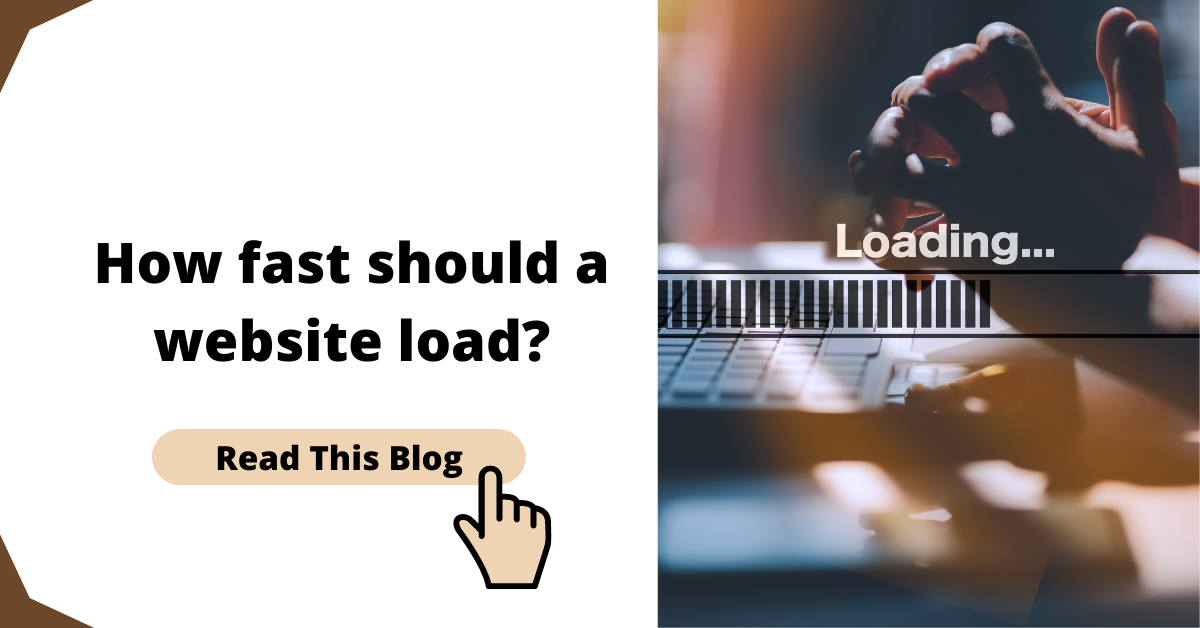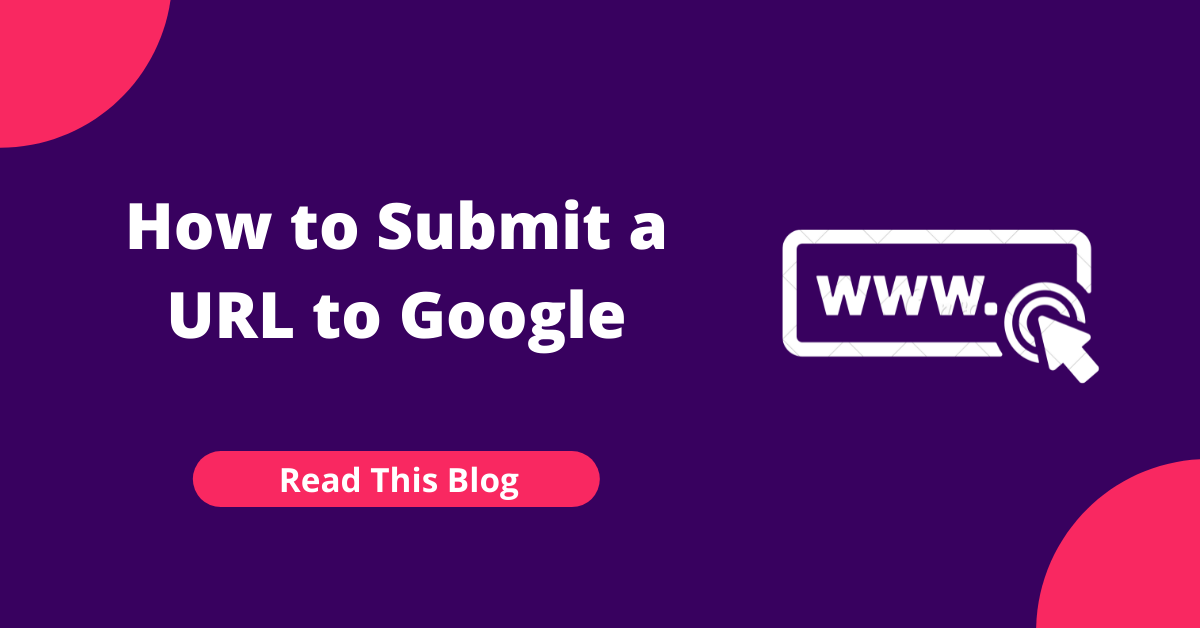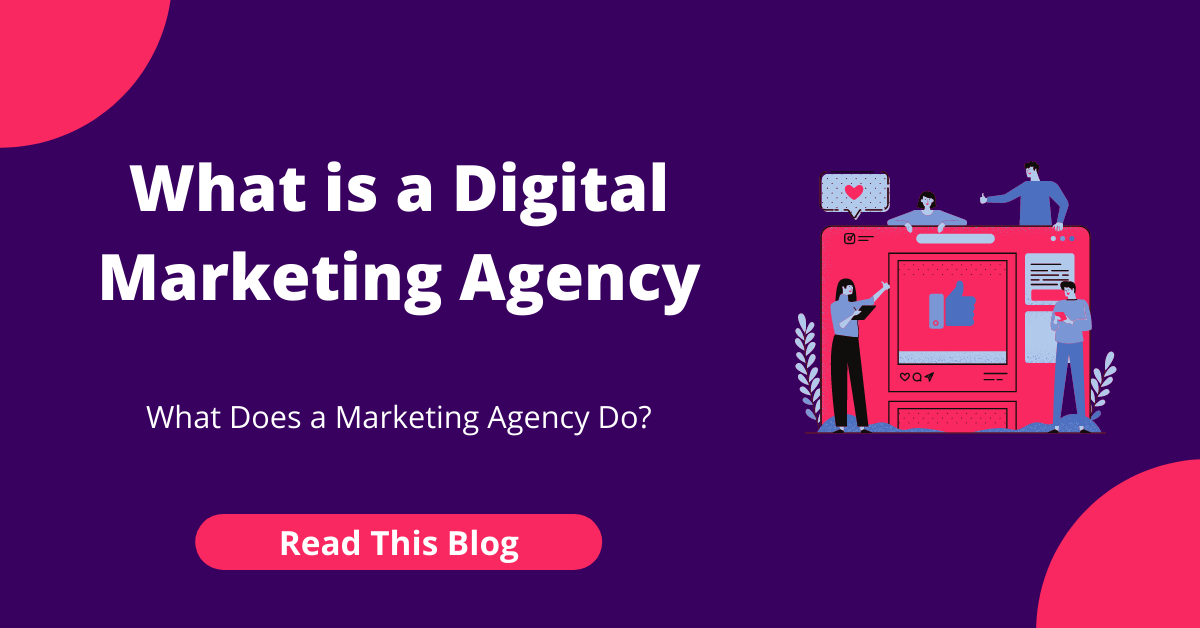
The website loading time is usually considered fast or slow by comparing it with the average load time. Here are details on how fast a website should be and how fast your website should load to offer a great user experience to the users who visit your website.
How fast should your website load?
As per Google, the search engine giant, a website should load in less than two seconds, especially if it is an e-commerce website. However, Google itself aims to load in less than half a second. Simply put, a website that loads quickly will have an edge over the competition. People in the modern era want everything as quickly as possible, hence, services like food delivery and even Amazon Prime delivery have seen a humongous success across the world. There are a lot of things that impact the website loading time. Here is an explanation of all those parameters, and how you can optimize your own website to improve load time.
What is page load time or website speed and how it is measured?
The simple answer to this question is the time taken for loading a web page is called page load time or website speed. However, it is not that simple, and here are two parameters that help you to determine website load time or website speed.
A web page does not load at once, it loads part by part
website load speed also depends on the individual web pages and individual users, and things like internet speed, device's capability, and page content also play a pivotal role in determining website load time In technical terms, these are known as First Contentful Paint (FCP) and DOMContent Loaded (DCL).
What is First Contentful Paint (FCP)?
First Contentful Paint (FCP) is the time taken for a website to show the first set of content on the web page once you enter it. As a website loads in parts, each element of the site is loaded one after another. When you tried to load a website, you must have seen the top part of the website loads quickly, and the rest of the parts catch up. This happens on both the home page and a specific product page, and this is the real-world experience of First Contentful Paint (FCP).






